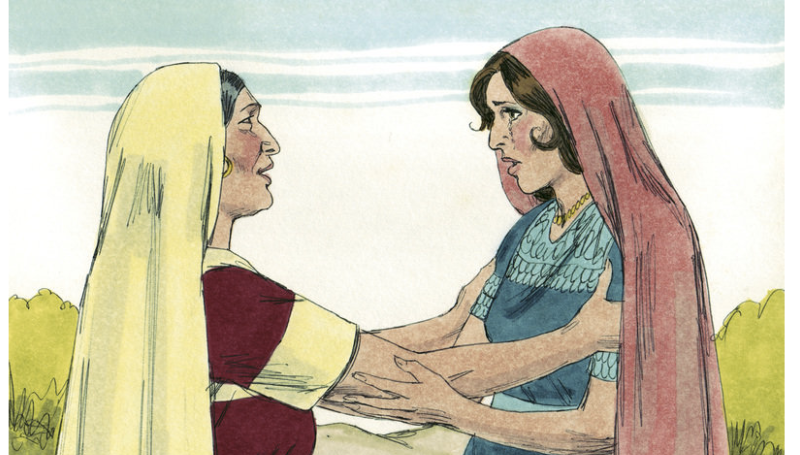Adele Berlin
Bible History Daily, Jan. 20, 2022
“The theme that unites the books from Genesis through Kings and informs much of the Prophets and the Writings is the land and the people. God’s covenant with Abraham lies at its heart.”
In different Bibles, the Book of Ruth is put in different places. In Christian Bibles, it is slipped in between Judges and Samuel, among the historical books. In the Hebrew Bible it’s in an entirely different place, in the third section, known as the Writings. It does not seem to fit neatly into the sequence of biblical books. If this suggests that the Book of Ruth is an anomaly, I propose to show that, on the contrary, its thematic connections with the rest of the Bible are much stronger than we generally perceive.
On its face, the Book of Ruth is a short self-contained story, unconnected to the narrative sequence from Genesis through Kings. The tale begins not in Israel or Judah but in Moab, where the Israelite Naomi and her husband, Elimelech, and her two sons, Mahlon and Chilion, went during a famine in Judah. There her husband died, and her sons married Moabite women named Ruth and Orpah.
When the story opens, Naomi’s sons have just died. Thrice-bereaved of any provider, Naomi decides to return to Judah, having heard that the Lord had given food to her people in Bethlehem. She urges Ruth and Orpah to remain in Moab with their parental families. Orpah agrees, but Ruth refuses with the resounding words:
1. Midrashic interpretation departs from the plain sense or context of a Bible passage in order to fill in gaps, forge links with other parts of the Bible, or teach ethical and religious values.
To view the original article, click here


